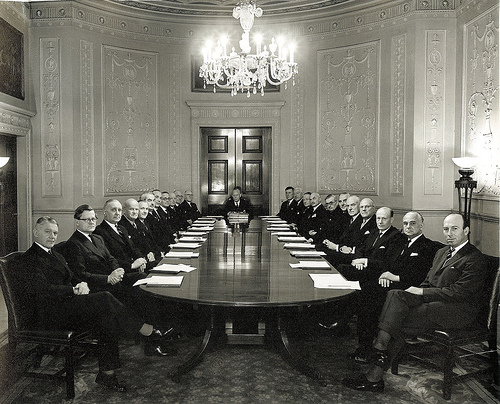A key part of Christensen’s thesis is the idea that disruptive technologies inevitably catch up to incumbent technologies over time. I think the reasons for this are worth exploring in a bit more detail, because it helps explain why Christensen’s practical advice winds up being so underwhelming.
Technological progress is largely a matter of trial and error. People take existing technologies and experiment with using them in new ways. Most of the experiments fail, but a few succeed and get incorporated into the stock of knowledge on which subsequent experiments can be based. This process of cumulative trial and error, repeated over centuries, is responsible for the advanced technologies we have today.
The key feature of disruptive technologies is that they speed up the pace of experimentation by making failures cheaper. When a technology is expensive, people are going to reserve its use for proven applications. Few companies can afford to buy a $20,000 computer just to let its engineers play with it. But if a technology is cheap, then lots of people can get their hands on them, and people are more likely to put them to more experimental use. An engineer won’t have to work very hard to persuade his boss to buy him a $1000 computer and let him screw around with it.
There are at least two reasons large firms have trouble dealing with disruptive technologies. One is that they’re bad at failing cheaply. They’ve got a lot of overhead, and they’ve got a reputation to protect. They can’t release a half-baked prototype and then abandon it if it doesn’t pan out. They can’t easily hire people and then lay them off a few months later if the project they’re working on fails to bear fruit. Instead, they tend to have big, expensive, high-profile failures. And these kinds of failures tend to derail the careers of the people leading them, even if they looked like good bets from an ex ante perspective. As a result, larger, more established firms will tend to be more risk-averse.
Second, decentralization is essential for this trial-and-error process to work. As I noted in my very first post, good ideas are often the result of “cross-pollination” among diverse groups of people. Putting all your would-be innovators under one roof makes it more likely they’ll all get stuck in the same intellectual rut.
Notice that there’s little a company’s senior management can add to this process. No employee is going to be willing to take risks with the CEO looking over his shoulder. And there’s even less for an outside expert to contribute, even if he happens to be “the world’s foremost authority on disruptive innovation.” Understanding the process of disruptive innovation in the abstract doesn’t give you any special insight into any specific technology or market. And given the importance of experimentation it’s especially silly for an industry trade group to hire a consultant and then encourage all its members to implement the recommendations. You want diversity, not homogeneity, in the strategies being tried by different newspapers.
Still, I think it’s a mistake to judge Christensen too harshly. His job as a business professor is to give people advice about how to run their businesses. I don’t think the advice he has given will save them from bankruptcy, but it’s not like there are other consultants who would have given better advice. And if Christensen had simply re-hashed the blunt, fatalistic lessons of the first four chapters of his book, it’s unlikely that would have been well-received. Denial is a powerful thing.



